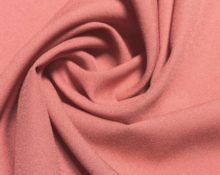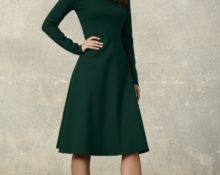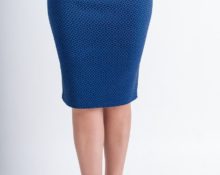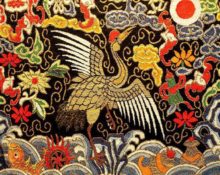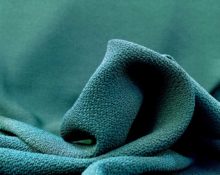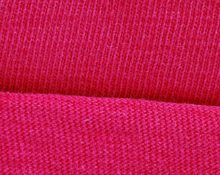There can be no clear answer to the question of which fabric is better. It all depends on the scope of its application, required functional properties, composition, price, in the end. The manufacturer is always guided when choosing by the cost of the material, the strength characteristics, and the durability of the future product.
Therefore, it would be correct to ask which fabric behaves under the right conditions and how long it will “live”. And depending on this, consider the materials and decide which is better and which is worse.
You can divide all fabrics into several large-scale categories:
- naturalness;
- application in tailoring;
- household use.
Here we will talk about them in more detail.
Synthetic or natural fabric?
The composition of clothing affects a lot. For example, on the skin, the durability of the product, its appearance and color, how the clothes behave after washing. One hundred percent synthetics, as well as completely natural fabrics, are rare in clothing production. Mixed materials are more practical.
Natural ones include cotton, cashmere, wool, linen, silk.. Thin fabric wrinkles a lot, wears out, and is difficult to care for. But it is pleasant to the body, allows air to pass through, and absorbs sweat well. Warm material provides excellent warmth and looks beautiful, but quickly becomes thin and becomes unusable.
Synthetic - viscose and polyester (spandex, polyamide, lycra). The first one feels wonderful in sewing summer clothes. Some even mistakenly believe that viscose is of natural origin. The second is “naked synthetics” and is most often used in combination with cotton or woolen threads.
Important! A large percentage of chemical fibers contribute to the development of allergies in humans.
Both types of threads recommended to be used together with natural. Viscose with cotton is a pleasant thin material for sewing summer clothes. Polyester complements wool or cotton, strengthening it and adding abrasion resistance.
What's better? Undoubtedly, natural fabrics, but with a small (5–20%) synthetic content. However, there are areas in life where only 100% artificial fabrics are needed. For example, work clothes can easily do without cotton inclusions. It is advisable to purchase clothes for babies that are 100% cotton.
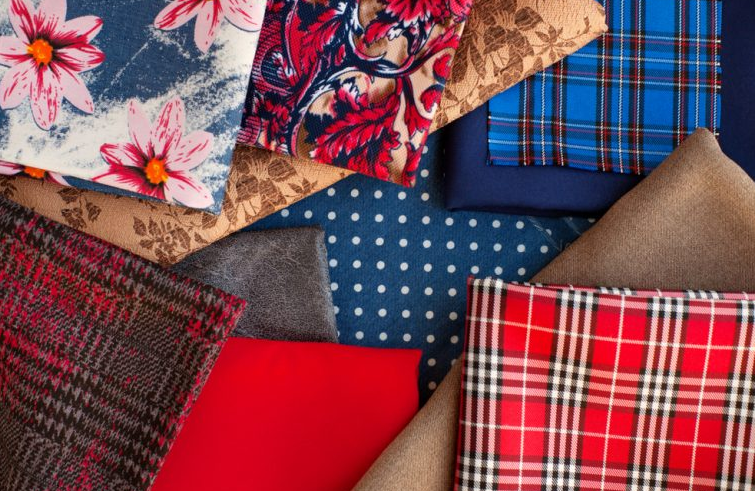
@serviceuniform.com
For tailoring
Minimum synthetics and maximum natural ingredients - this is the recommended formula that should be used when choosing good things.
Breathable
There are several parameters that characterize a fabric as breathable. This hygroscopicity, breathability, absorbency. All natural materials meet these requirements to one degree or another. The best of them are:
- Linen.
- Cotton (cotton).
- Silk.
- Hemp.
- Merino wool.
Important! The breathability of a fabric depends on its composition and density. The higher the latter and the more synthetics, the worse the material is blown and retains moisture inside. Accordingly, the thinner the fabric and the more natural the composition, the more comfortable it is to wear these clothes, since the skin “breathes” and excess moisture is absorbed.
However it should be noted herethat thick natural fabrics are quite hygroscopic and are able to “absorb” some excess moisture, while dense synthetics behave “like cellophane”, absolutely not allowing air to pass through and not allowing moisture to evaporate at least a little.
Breathable synthetic fabrics include micromodal fiber, viscose, bamboo. They are thin, their structure resembles a honeycomb with large spaces between the threads, and due to this property they allow air to pass through well. However, these materials do not absorb moisture, which makes comfort lower than in the case of natural ones. In addition, some of them obtained chemically can also breathe. These include fabrics:
- petroleum-based (nylon, polyester, polypropylene);
- high-tech (suplex, coolmax).
This synthetic is different increased strength, lightness, breathability, resistance to fungi and is able to “remove” moisture. The fabric dries quickly and does not stretch or shrink after washing. Most often it is used in sewing equipment for sports and work clothes. Their disadvantages include the ability to retain odors.
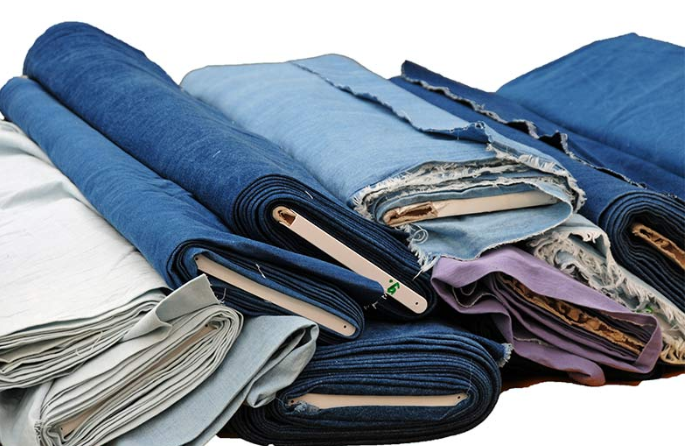
@sewingmachinelife.com
Summer
The main requirements for textiles for hot days can be called ability to pass air, absorb sweat, dry quickly, do not retain unpleasant odors. 100% natural fabrics or with a small addition of synthetics are what is needed. The best ones:
- Chintz. Thin but low quality cotton. A great option for summer. It dries very quickly, but caring for chintz clothes is labor-intensive, as the material can tear in the washing machine.
- Batiste. The finest type of cotton. It wrinkles, but on hot days it is simply irreplaceable. Light blouses are sewn from it, often with patterns or embroidery. Hypoallergenic, environmentally friendly, breathable, hygroscopic. Requires delicate manual care.
- Satin. Beautiful cotton with a fairly dense-looking weave of threads and one satin side. The material is durable due to mercerization and resistant to fading. Must have for hot summer. Trousers, jackets, vests and other clothes are made from it.
- Linen. Thick natural fabric. It is well ventilated and has high hygroscopic qualities. Requires delicate care. Hypoallergenic.
- Silk. Luxurious natural fabric “cools” the skin in the heat. A gentle wash cycle is required. Synthetic silk is no different from natural silk in quality, but does not have antibacterial properties.
- Viscose. An artificial material similar to cotton. Thin, very durable, has reasonable stretch, holds its shape, and dries quickly. It is mainly used to make inexpensive summer clothing for women.
- Lace or guipure. Mesh-like fabric. It can be of both natural and artificial origin. They decorate dresses, blouses, and festive clothes. A completely lace dress with a sheath is a luxurious evening dress.
- Chiffon. Thin material, slightly rough to the touch. It is made from silk (the most expensive option), viscose, polyamide, polyester threads (this one is cheaper). There are a lot of varieties of chiffon, and each differs in quality and price.. It ventilates well, is hygroscopic, lightweight, and antibacterial.
- Chambray. Very thin fabric, reminiscent of denim. This is cotton with a twill weave. Lightweight, dense, tear-resistant. Absorbs moisture well and allows air to pass through. Does not wrinkle, but fades over time. Mostly bottoms are sewn from it - summer shorts, trousers.
- Fatin. Light mesh from which tutu skirts are sewn or used to decorate clothes. Durable, holds its shape, wear-resistant, breathable.
- Georgette. A blended fabric consisting of silk, viscose and wool threads. Polyester is sometimes added for strength. The surface is smooth, slightly grainy. The material does not wrinkle, is blown through, and is hygroscopic. Georgette is used mainly to make elegant summer women's clothing.
- Lyocell. Similar to silk and cotton in tactile sensations, but made by processing cellulose. It is easy to care for, can withstand many washes, is blown through and has high antibacterial qualities.
- Modal. Similar to viscose, but does not have antimicrobial properties. Very strong and durable to wear.
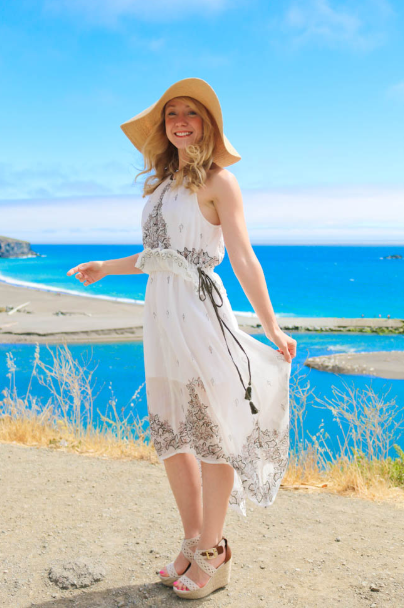
@thedressfiend.wordpress.com
Warm
There are many fabrics for a winter wardrobe. Most of the mass market products are made from artificial fiber to reduce the cost of production. The best and high-quality materials for sewing warm clothes should be thin but dense, keep you warm in cold weather, be pleasant to the body and have a long service life. Let's look at the very best.
- Wool. Warm fabric that combines a large group of materials, including mohair, alpaca, llama, cashmere, angora. 100% wool is scratched, and to improve comfortable tactile qualities, as well as durability and resistance to fading, artificial or natural fibers are added to it. Winter clothes, accessories, hats, and shoe finishing are made from fabrics mixed with wool (jersey, tartan, drape, tweed, bouclé).
- Velvet. Quite dense and warm material with very short pile. It can be of natural or artificial origin. The fabric is used mainly to make elegant evening wear - dresses, jackets, tailcoats, skirts, tuxedos.
- Fur. Traditional winter material for sewing outerwear - fur coats, coats, as well as for edging shoes and accessories. It can be natural or artificial. The latter is “colder” and more short-lived.
- Knitwear. For tailoring, dense, low-stretch fabric is used - both natural and synthetic. May include wool threads for insulation. Warm dresses, skirts, and trousers are usually made from such knitwear.
- Fleece. Fully synthetic material with a pleasant to the touch surface, reminiscent of short-haired fur. Incredibly light, does not wrinkle, dries very quickly, warms well, absorbs moisture. Basically, fleece is used to make clothes for active winter recreation and sports, and to make a lining for warm puffy pants or jackets.
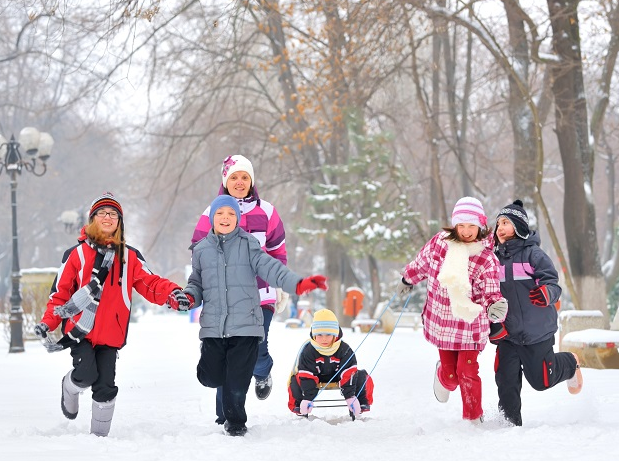
@babycouture.in
For suits
Business clothing should always be “new”, so its fabric must meet this requirement. There is no need to skimp here. The priority is a material that is durable, dimensional stable, strong, has low creasing, reliable coloring and resistance to pilling..
Experts advise choosing fabrics of natural origin with a minimal proportion of synthetics. As a rule, the latter is added in large quantities to reduce the cost of the result.
Rating of the best suiting fabrics:
- Wool. Priority material compared to any others. Almost does not wrinkle, lasts a long time, does not fade and does not form pills from wear. Expensive men's and women's suits are made from high-quality wool - both warm and summer (with a “cool wool” effect). Minuses - clothing may “sit down” or stretch out at the elbows and knees.
- Wool mixture. Most often this mixed fabric made of wool and polyester threads of lavsan, lycra or silk, adding shine and lightness to the suit. Does not wrinkle, does not shrink, easy to care for. Wool blend fabrics are divided into worsted – smooth with the addition of other threads (crepe, Boston, tricot, gabardine) and fine cloth – with a fleecy surface (cloth, twill, cheviot).
- Cashmere. Soft natural wool from the down of mountain goats. Luxurious workmanship, warm and at the same time thin fabric with a smooth fleecy surface. Durable, does not form pills.
- Linen. Thick cotton for sewing summer business suits and more. Clothes are sewn without lining. But it’s worth considering that linen wrinkles a lot.
- Denim. Thin, high-quality jeans are an excellent material for making office clothes. If the dress code is not strict, a denim suit with a solid color can become your favorite thing in the heat or off-season. There are several types - stretch, luxury, linen and silk. Additions give the fabric smoothness, strength or make it look presentable.
- Matting. It resembles burlap, but is considered a high-quality and expensive material. It is of natural origin, but thanks to the impurities added by the manufacturer, the fabric holds its shape well, looks decent, is wear-resistant, and does not wrinkle. Among the disadvantages, it is worth noting the difficulty in sewing - the edge “crumbles” when cutting.
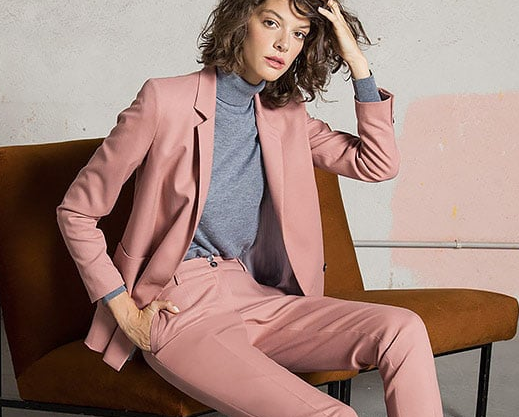
@thetrendspotter.net
For outerwear
Things to wear in cold weather should be of good quality, have high-quality tailoring, good warming ability and last a long time. There are several types of such clothing in a woman’s wardrobe, for example, a waterproof jacket for rainy weather, a fur coat or down jacket for cold weather, and a coat to create an elegant look. There may also be a trench coat, a windbreaker, a raincoat and many others. Let's take a closer look at the best materials for winter equipment.
- Cashmere. Soft, high-quality woolen fabric for sewing expensive, beautiful coats and inserts in fur coats. Clothes made from it are practical, very warm and comfortable to wear.
- Drap. Dense, hard wool with a pile-felt surface. Designed for sewing men's and women's coats, military winter clothing. Difficult to process, but warm and very durable fabric. Most often, overcoats and pea coats are made from it.
- Leather. It comes in different styles and price categories - from thin kid leather to thick tarpaulin. Jackets, raincoats, coats, as well as jackets, trousers, and skirts are made from leather. Renowned for durability and quality. Its variety is tanned leather, from which beautiful outerwear with fur inside is sewn. Suede - another type, characterized by a velvet surface, small thickness and strength.
- Nylon. Bright synthetic material for making jackets, down jackets, windbreakers. It is characterized by low air permeability, strength, resistance to deformation and damage.
- Duspo. Jacket fabric with a soft matte surface. It does not rustle when rubbed, is bright, and comes in various prints and finishes. Repels moisture, does not blow, does not fade, does not shrink, quite durable. Used for sewing jackets, coats with fillings, and down jackets.
- Membrane. Lightweight synthetic material from which sports outerwear and shoes are sewn. Durable, water-repellent, windproof, able to “wick away” sweat and retain heat.
- Taslan. Quite a dense fabric with rapeseed weave of polyamide threads and a special rib on the surface. Very practical, easy to care for, waterproof and able to repel moisture. Used in sewing inexpensive outerwear for any age.
- Oxford. Camouflage material for making jackets with “high-strength” surfaces or, for example, military uniforms. The thickness and quality of the fabric depends on the thickness of the profiled thread in the composition.. Resistant to temperature differences, tears, abrasion. Water- and airtight.
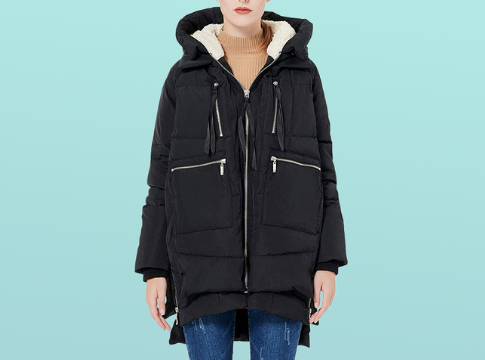
@goodhousekeeping.com
For home
The choice of home textile materials is of utmost importance. Fabrics for tablecloths, curtains, duvet covers, pillowcases, sheets, upholstered furniture meet quality and safety requirements. In addition, they must be easy to care for - machine washable, clean with detergents, durable, strong, resistant. We will consider the best of them in more detail.
For bed linen
To ensure that your laundry lasts a long time, it is recommended to choose fabrics with a small percentage of synthetics.. For example, 70–80% are natural threads, the rest are additives.
Undoubtedly, cotton, silk, linen and flannel 100% quantity is ideal. But they wear out quickly, and today, to strengthen them, some artificial fibers are added to them, for example, bamboo, lavsan, polyester or Tencel. In addition, synthetics make the laundry smoother to the touch.
The best fabrics for bedding are:
- calico – thick cotton with a rough surface;
- satin – smooth, soft, satin (on one side) material on a cotton basis;
- poplin – smooth fabric with dense weaving of threads and pleasant to the touch;
- mahra – “towel” cotton material;
- flannel – dense but soft fabric with a fleecy surface;
- polycotton – thin mixed material with a large addition of synthetics;
- chintz – almost 100% very fine cotton.
The last two options belong to budget category fabrics, so they are quite wear out quickly and become covered with pellets. Terry and flannel are suitable for winter; poplin, satin, and chintz are ideal for summer.
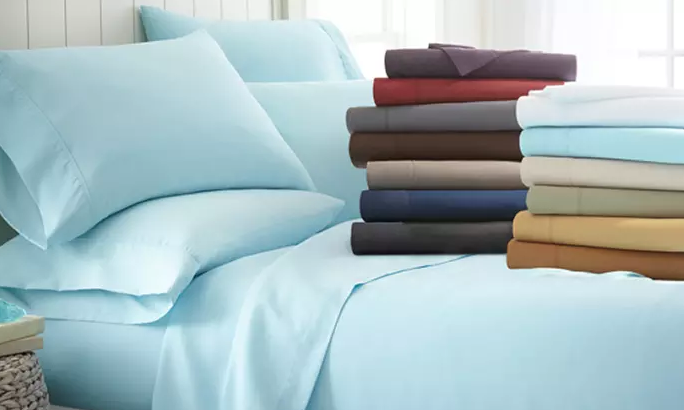
@groupon.com
For upholstery of upholstered furniture
The material must be durable, dense, preferably water- and dirt-repellent. Here, the thicker it is, the more expensive it is, but the price is also determined by the performance characteristics and production cost.
The following materials are considered to be of the highest quality and durability:
- Genuine Leather. It looks and costs very much. In operation, it can withstand almost any “injury”.
- Natural suede. Used for upholstery of prestigious furniture. Incredibly durable, beautiful and presentable appearance. The material is dense, comfortable for tactile sensations. But you can't wash it yourself, dry clean only.
- Jacquard. Durable, very beautiful material with a bright pattern made using threads. Wear-resistant, practical, comes in many colors. Jacquard must be impregnated so that a protective film is formed on the surface.
- Tapestry. Thick cotton fabric with added synthetics. It is made by interlacing threads, which produces amazing patterns. Resistant to stains and easy to dry clean.The downside is that wet stains can only be treated by dry cleaning.
- Chenille. Short pile thick material made of synthetic threads. The fabric option is preferable - it does not allow moisture to pass through, is easy to clean, and repels liquid dirt. Disadvantages - if a pet claws, the threads come out and the appearance of the sofa deteriorates.
- Velours. One of the best in terms of price-quality ratio. Outwardly it may resemble suede, but, of course, it is made of artificial materials. A huge number of colors, high strength, resistance to damage.
- Boucle. Soft, pleasant, but dense, with a rough surface and “loops” of thick threads. It is made of synthetics, is easy to care for, and is inexpensive. The disadvantages are that it is highly electrified and does not “breathe”.
- Arpatek. This is not the kind of leatherette that peels off and turns into rags after a few uses, like, for example, in shoes. This is a high-quality polymer fabric based on polyurethane. With proper care, it is durable, practical, and breathable.
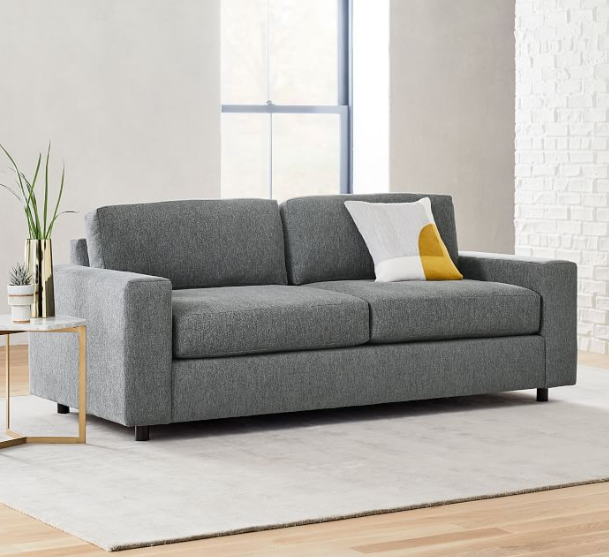
@westelm.com
For curtains
Curtains are the most important element of decorating a room. The choice of quality fabric affects a lot here - on the appearance of the room, on how light it will be, on the perception of the furniture and even the owner. And having pets matters too.
From the point of view of users, the following fabrics for sewing curtains are recognized as the best:
- Silk. Natural material is hypoallergenic, so it can be used in a room with allergies without any problems. The fabric is durable, very light and beautiful. There are many colors and patterns. Experts recommend hang silk in darkened rooms, for example, in a bedroom or a room with a window on the non-sunny side. Has the ability to fade under intense light load.
- Atlas. Durable, wear-resistant, hypoallergenic fabric. It looks luxurious and shimmers in the sun. Not electrified. But over time, heavy folds may sag, causing the curtain to be pulled downwards.
- Viscose. Cellulose fabric, smooth with a slight shine, is a wonderful alternative to natural materials. It does not electrify, “breathes”, and is thin, due to which it is possible to lay it down with beautiful coattails. But viscose can fade in bright sunlight and requires delicate washing and ironing.
- Polyester. Very durable, lightweight and inexpensive material for sewing curtains. It does not fade, it is easy to wash and iron, it cannot be torn. However, polyester curtains highly electrified and poorly permeable to air.
- Blackout. Blended fabric that protects from light and has excellent breathability. Durable, smooth material is used when sewing curtains for any room, kitchen, or loggia. It has two sides, one of which blocks light, the other is luxurious in appearance. The fabric does not wrinkle and drapes beautifully, it is easy to wash and dry.
- Taffeta. A classic material for curtains in any room. It consists of several natural and synthetic threads and comes in many colors. Easy to care for, durable, long lasting. Among the shortcomings - It often shrinks when washing, but if you follow the rules, this can be completely avoided.
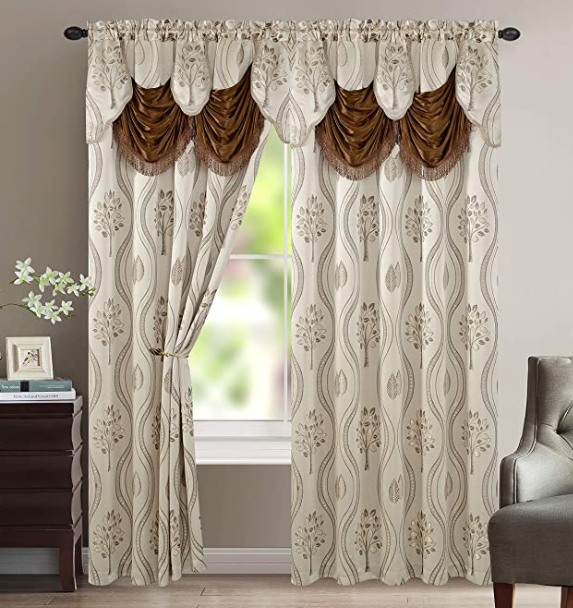
@amazon.com


 0
0